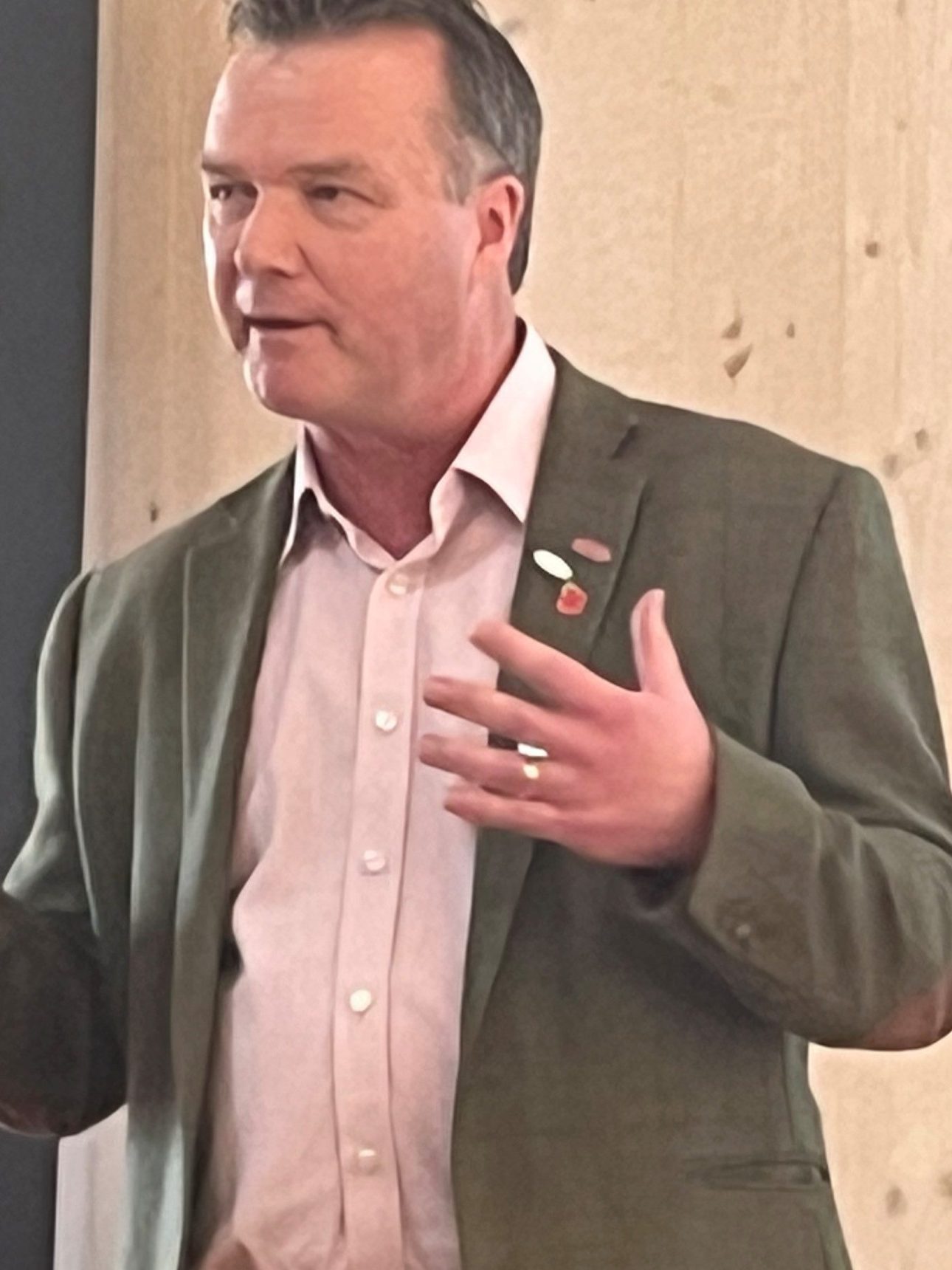Introducing crop diversity into the arable rotation is easy to say, but potentially harder to implement. As well as needing access to suitable varieties, knowledgeable agronomy, and perhaps specialist machinery, the deal-breaker is often the accessibility, size and potential of the market.
NIAB hosted the final event of Agri-Tech Week 2023 where delegates explored the role of emerging and niche crops and the crucial value chains they underpin.

The endless power of plants
From plant-based natural alternatives in cosmetics, to medicinal and bioactive phytochemicals, as well as colourants and flavouring, waxes, oils and fuels – there is seemingly a plant option for everything.
“There is no shortage of potential applications for these crops,”
stated Lukie Tolhurst of Lucid Insights.
These alternatives have the potential to replace products that currently rely on fossil fuels or synthetic production. But the commercial production of crop-derived materials relies on the 3 ‘A’s: Affordability, Accessibility, and the Attributes of the products. Growing the right crop, in the right place, with the right infrastructure is key – as well as understanding the risk-benefit cycle.
The “Chicken and Egg” of speciality oils
“You need both the market and the product at the same time” commented Nigel Padbury of Premium Crops:
“The crop needs to be economically viable for the farmers, in their climate and in their arable context. And all stakeholders need to see a profit and the risk and reward needs to be spread pretty evenly through the value chain.”
Premium Crops places contracts with growers sometimes 18 months ahead of the harvest, so parties need to be confident in their market predictions and indeed resilient to changes. Nigel’s analysis suggests that the value of oils for cosmetics are increasing but that food market prices have remained relatively static. This means high volume is going to be crucial.
This brings into question the land-use strategy, particularly for the UK, given the other demands for woodland, habitat recreation, and food and biomass production.
Construction without destruction
Alex Sparrow of Hempcrete Ltd is optimistic about hemp fibre’s potential as a construction material. Their building components allow not only the possibility of repurposing at the end of their lifecycle, but they also boast the added benefit of being carbon negative. In addition to the woody cord (known as the ‘shiv’), hemp fibre stands out as a valuable resource for building insulation. Alex states:
“We want to get more farmers growing hemp for our supply chains. These materials are breathable, and provide long-term carbon capture, so are ideal for this industry.”
Taking the pulse of a participatory approach with farmers
“The farmers in BOFIN are keen to take part in trials, but they need to be paid!”
Said Tom Allen-Stevens, convenor of the British On-Farm Innovation Network. BOFIN farmers are taking part in several trials, including an ambitious four-year project (in collaboration with PGRO), with 200 farms aiming to increase pulse and legume cropping from 5% to 20%.
“Our ‘Pulse Pioneers’ are hosting and monitoring trials and are our project ambassadors,” explained Tom.


A new ‘Centre for High Carbon Capture Cropping’
NIAB is coordinating a major four-year project with 17 partners. This includes farmers who will be evaluating cropping options and establishing a UK knowledge hub to quantify carbon removals, identify value chains, and understand the life cycle analysis of the resulting materials.
The Centre for High Carbon Capture Cropping is funded by Defra as part of its Farming Innovation Programme. It aims to build farm resilience through diversified cropping. According to Project Manager Lydia Smith from NIAB, understanding the cropping rotation required by these new alternatives is as important as whether new markets can be opened sourcing these crop products. Lydia continues:
“From rotational cover crops to annual fibre crops, perennial biomass crops as well as perennial food, feed and forage crops, we are aiming to support enhanced industrial value chains.”
